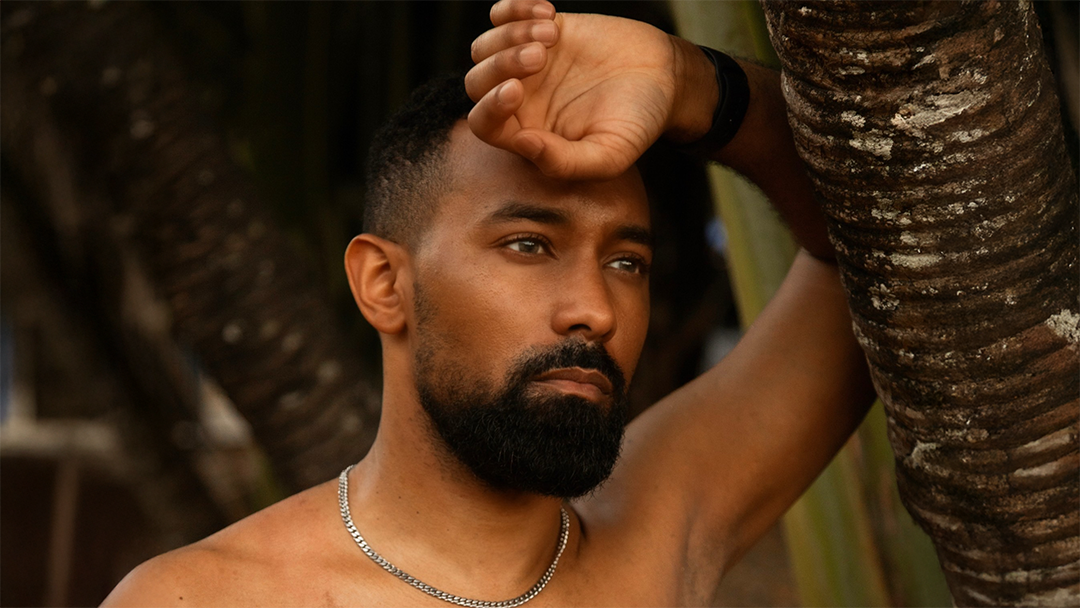With the industry's age-oriented marketing schemes, seinen manga and anime typically don't have as wide a reach as shonen titles often do, despite there being plenty of overlap between the two categories. To be sure, there have been plenty of popular seinen series over the years, like Ghost in the Shell, Hellsing and Berserk to name a few, but for as many smash hits crossover, even more genuinely good titles often fly under the radar for many fans.
The 2010s saw a surge in great seinen anime partly thanks to an overall increase in anime production. Series like Tokyo Ghoul and Vinland Saga have won huge fanbases thanks to their successful anime adaptations. Even older series like Parasyte have gained a renewed interest after excellent modern reboots. But there are other less prominent but equally impressive seinen anime that have not gotten as much attention either due to their subject matter, art style or just a general lack of marketing. Here is a list of some great but underrated seinen anime from the 2010s.
Lupin the Third: The Woman Called Fujiko Mine
Lupin the Third has endured as a seinen anime series ever since the 1970s, but it has always focused on the eponymous master thief Lupin and his crew's adventures. The Woman Called Fujiko Mine takes a completely different approach to the classic series and tells a psychedelic story that focuses on the enigmatic Fujiko Mine, Lupin’s love interest and rival thief.
Directed by Yuri on Ice!’s Sayo Yamamoto, it is definitely one of the sexiest stories in the Lupin the Third series, and definitely one of the campiest anime ever. The art style resembles a beautiful expressionist painting, and the music by jazz musician Naruyoshi Kikuchi is just as stylized as the art. The story is standalone, so even those unfamiliar with the main series can easily dive in. The series plays with themes like mental trauma, drug use, sexuality and it offers a slick, feminine look into the male-centric world of Lupin the Third.
House of Five Leaves
Produced by the same studio as Samurai Champloo, the now-bankrupt Manglobe, House of Five Leaves is about an unemployed, socially anxious samurai during the Edo period who ends up working with a group of kidnappers. But unlike the fast-paced Samurai Champloo, House of Five Leaves takes its sweet time to tell a grounded, human story about a group of regular people. Everyone has their own reasons for entering the life of crime, but they are all sympathetic in their own way.
Some viewers may be turned off at first by House of Five Leaves' exaggerated faces and the muted art style, but the unorthodox visuals fit with the melancholic tone of the series perfectly. The attention to detail in both art and sound design is impressive and yet not overpowering. The highlight of the series are the character-centric stories that slowly build up the world of feudal Japan. Everyone in the series is relatable, but perhaps not in the way that one might expect. On a side note, the series author Natsume Ono also created the excellent Acca 13, another underrated seinen anime from the 2010s.
Tonegawa: Middle Management Blues
This is an anime for those that often complain about the lack of adult-oriented anime, as well as Kaiji fans, since Tonegawa is a spin-off of Kaiji: Ultimate Survivor. Tonegawa: Middle Management Blues is a comedic look at what happens behind the scenes of Kaiji’s main story, and what life is like stuck between a group of gamblers who have nothing to lose and your sadistic boss.
What the series excels at is depicting the daily grind of a regular salary worker, in this case Tonegawa. Tonegawa seemed to have all the power in the main series, but even he still has to navigate a cutthroat work environment, please his volatile boss, Hyoudo Kazutaka, gain the respect of his underlings and beat his rivals up the corporate ladder. There are plenty of Kaiji easter eggs that are sure to please any Kaiji fan, but even non-Kaiji fans can easily enjoy the hilarious office humor.
Poco's Udon World
For those looking for a more light-hearted seinen, there is a sub-genre of fatherhood-oriented anime that packs both a hearty dose of adorable kids and some mutual growth for them and their parent, along the lines of Barakamon and Sweetness and Lightening. But Poco’s Udon World is unique within the genre because the toddler in question is also a tanuki who can shapeshift into a human as per Japanese legend, adding some extra magical realism to the series.
Poco’s Udon World is heartwarming, and Poco’s cuteness is second to none because he also comes with furry racoon ears and tail. This fact also adds more hilarity as his human surrogate father Souta tries to hide Poco's true identity from the outside world. But behind all the cuteness, there is a serious story about grief and regret. The father and son relationship between Poco and Souta is contrasted with Souta’s own relationship with his dead father, which makes the entire parenthood plot all the more meaningful.
Kokkoku
It's difficult to categorize Kokkoku. It’s ideas are incredibly original and the execution of them is also expertly done. It is about the seemingly ordinary Yukawa family and they're drawn into the plot of a cult that wants to steal their family heirloom. Now the family is stuck in a world where time stops and they must figure out how to return to the real world before the cult leader gets to them.
The idea of stopping time isn't especialyl rare in anime, it's famously used in JoJo’s Bizarre Adventure, but what Kokkoku does with this concept is on a whole another level. Despite the fantastical world they find themselves in, the characters actually feel realistic, even those in the cult. They behave in ways that normal people would in their situation, and the villain’s motivation is even somewhat admirable. The only problem is the somewhat copout ending, but everything before that is thrilling, and there are plenty of twists and turns to keep viewers engaged until the end.
About The Author

